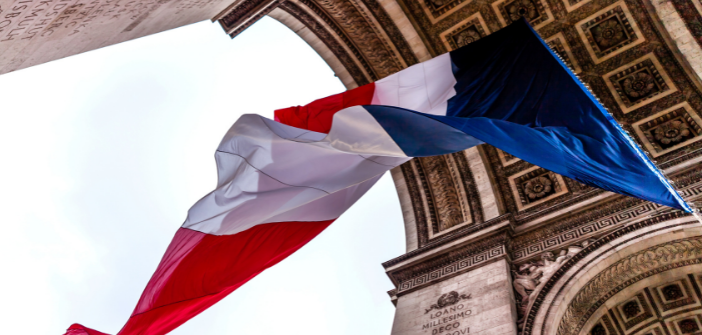The armistice was signed on November 11th in the clearing at Rethondes in the forest of Compiègne at 5:15 AM in a railway carriage converted into an office for Foch. A few hours later, at 11:00 AM, the “ceasefire” sounded across the entire front, bringing an end to more than four years of war. Throughout France, the bells rang out.
In Nice, an official ceremony, in the presence of the authorities, will take place this morning at 10:00 AM at the Monument to the Dead, at Rauba Capeu.
Before 1918, proposals for a white peace were made: in 1916 by Emperor Franz Joseph, in July 1917 by German deputies, in August 1917 by the pope. These attempts failed.
In September 1918, the situation in which the Germans found themselves led them to seek a compromise peace. An armistice request was sent by the German government to the American President Wilson on October 4th. After more than a month of negotiations, the German government, faced with revolutionary movements within the army and in certain regions, was forced to accept an armistice that made it impossible for them to continue the war.
In the German camp, there was also relief. The armistice allowed the combat to stop while waiting for the signing of the peace treaty that would definitively end the First World War on June 28, 1919 (the armistice was signed on November 11th for a duration of 36 days, and was then renewed several times).
The German capitulation allowed for the return of Alsace-Lorraine (Clause 2 of the armistice agreement required the evacuation of this territory by the German army within fifteen days) to France, a war goal that had mobilized energies.


